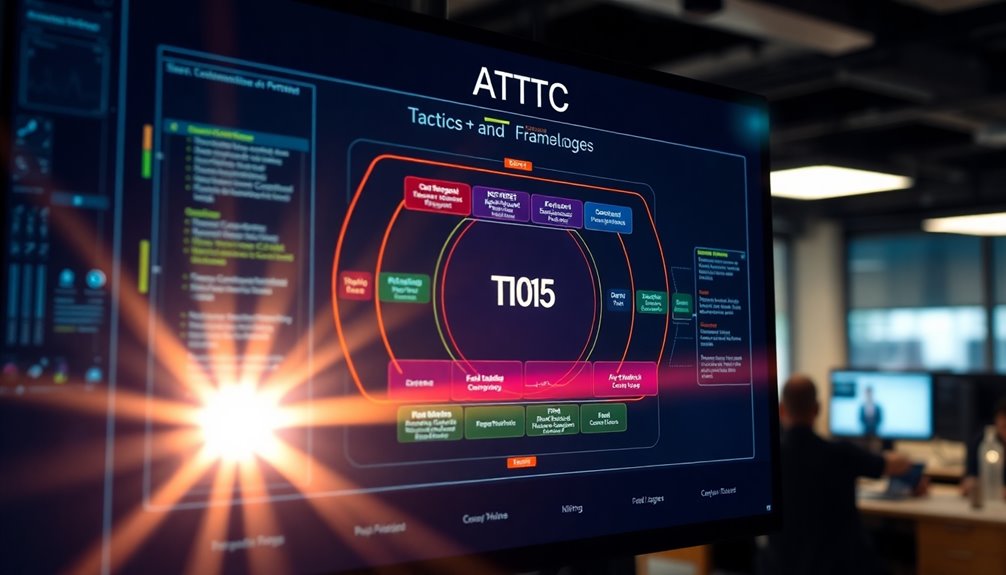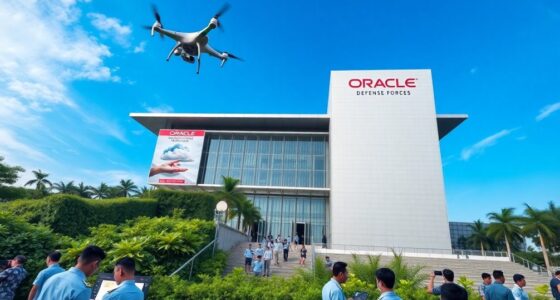
As cyber threats evolve, understanding tactics like T1005—”Data from Local System”—becomes crucial for enhancing your security posture. T1005 is part of the MITRE ATT&CK framework, specifically categorized under the Collection tactic. This technique focuses on adversaries gathering sensitive data from compromised systems, aiming to exfiltrate or leverage that data for further attacks, often for financial gain.
Understanding T1005—”Data from Local System”—is essential for bolstering your cybersecurity defenses against evolving threats.
Threat actors employ methods such as system commands like ‘find’, ‘grep’, or ‘dir’ to locate files of interest, typically targeting documents such as Office files, PDFs, and HWP documents. Notable groups utilizing T1005 include the Bianlian Ransomware Group, Mustang Panda, and APT36, among others. These adversaries often use malware like Voldemort Backdoor and GLOBSHELL to facilitate their data collection efforts, collecting sensitive files for extortion or even public release.
To defend against T1005, you need to implement effective mitigations. Start with robust file permissions and employ Endpoint Detection and Response (EDR) solutions that provide real-time insights into file access patterns. Encrypting sensitive data is essential, as it protects against unauthorized access and potential exfiltration. Additionally, apply the principle of least privilege to your access controls, which helps minimize the damage an attacker can inflict.
Monitoring your systems is critical. Track file access and command usage to spot suspicious activity early. Incorporating anomaly detection systems can help identify unusual file access patterns that may indicate a breach. Training your users to recognize signs of data collection techniques is equally important; an informed employee can act as an additional line of defense.
Integrating security tools like Security Information and Event Management (SIEM) can also enhance your detection capabilities. SIEM aggregates logs for quicker threat identification, while Data Loss Prevention (DLP) solutions restrict access to sensitive data and flag unencrypted files. Windows Management Instrumentation (WMI) can help you monitor for suspicious API calls, and PowerShell can track scripts that might indicate malicious activity. The MITRE ATT&CK framework provides a structured way to analyze and respond to these threats, helping you not just to defend against known tactics but also to prepare for what lies ahead in the cybersecurity landscape.
As cyber threats continue to grow in sophistication, understanding T1005 and its implications for your organization is vital. The MITRE ATT&CK framework provides a structured way to analyze and respond to these threats, helping you not just to defend against known tactics but also to prepare for what lies ahead in the cybersecurity landscape.








